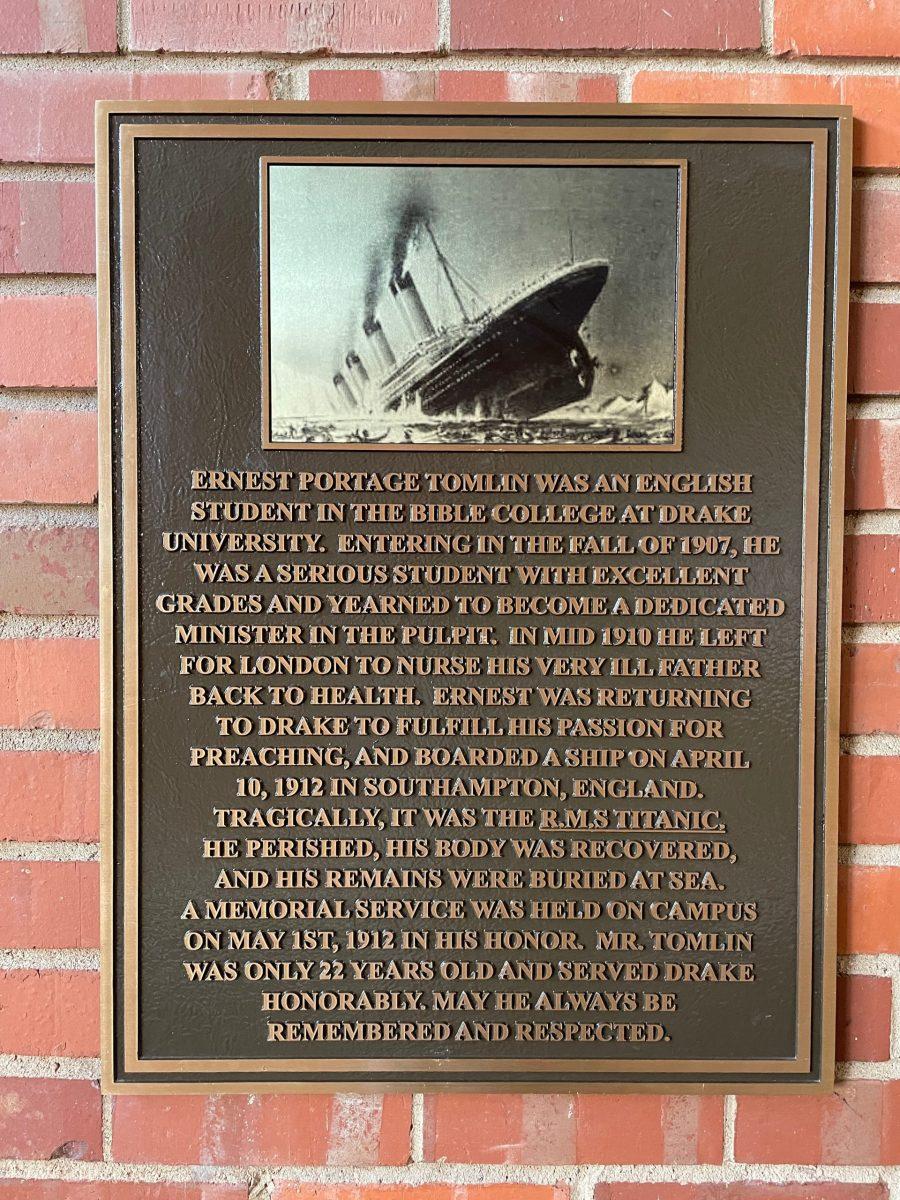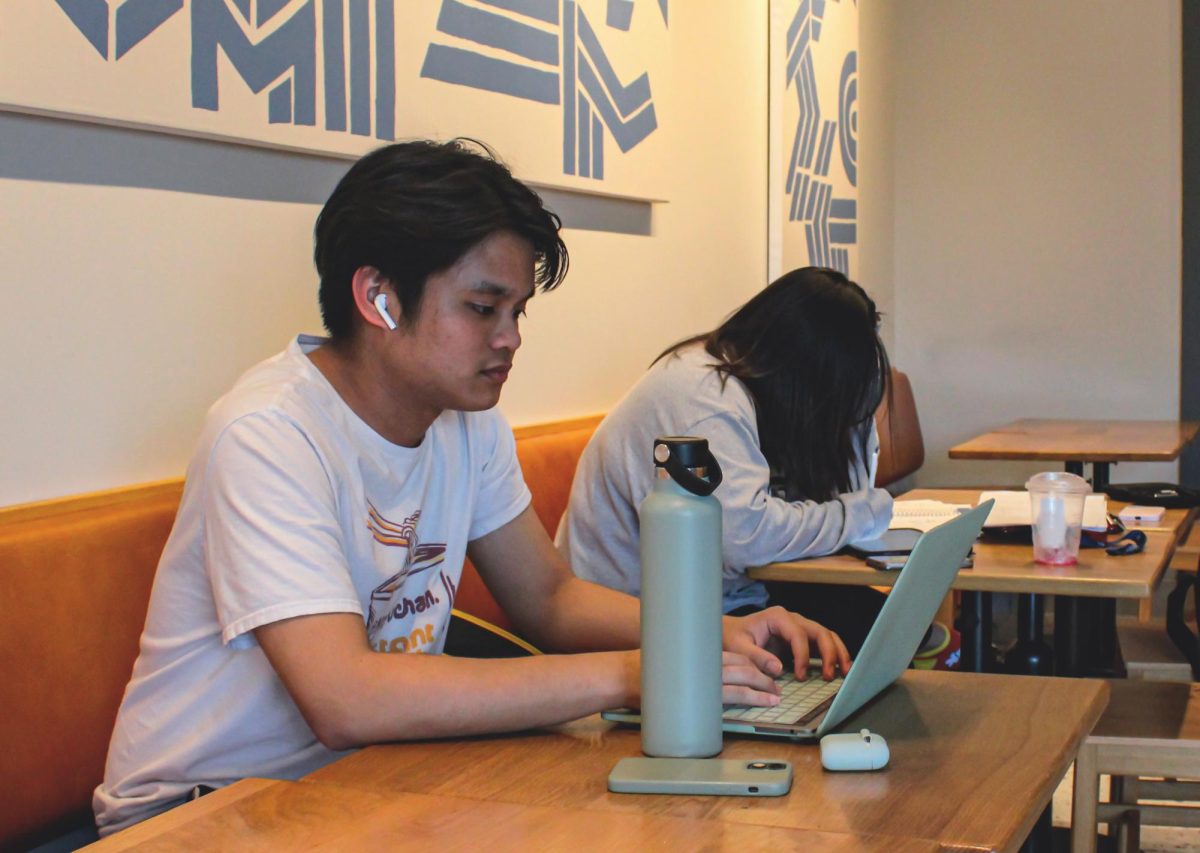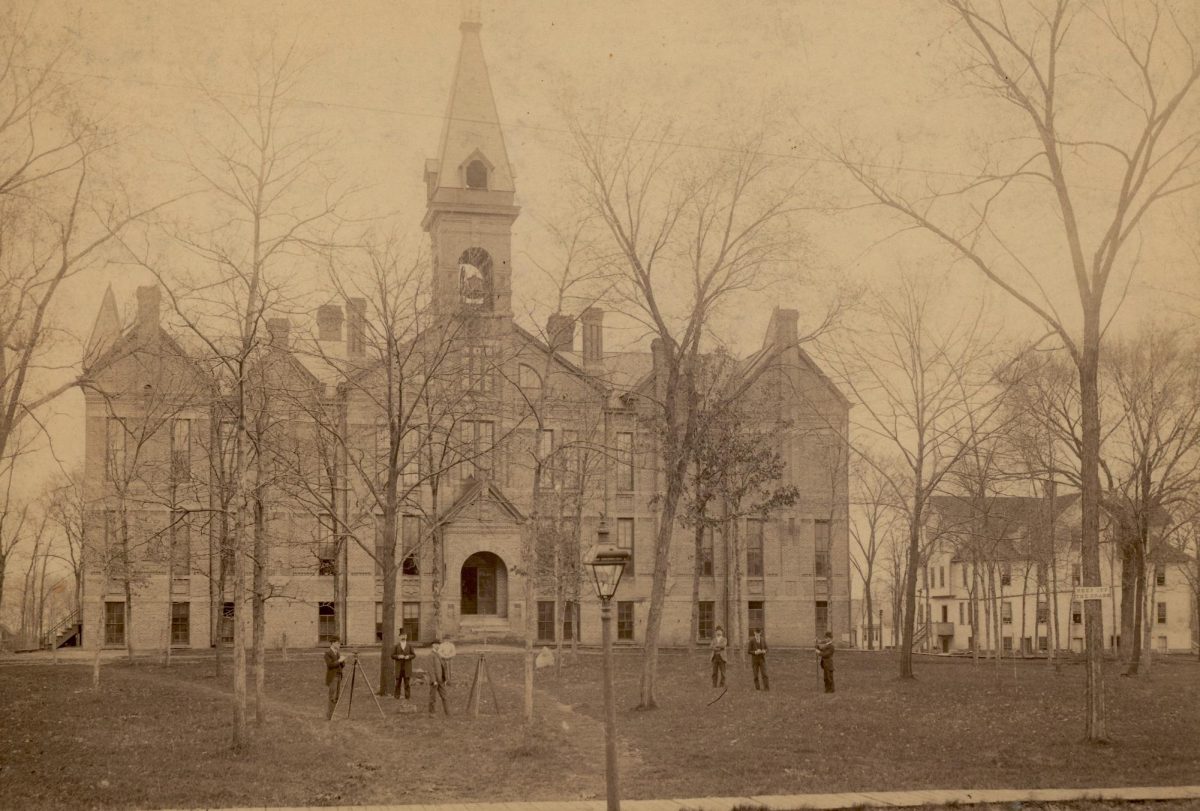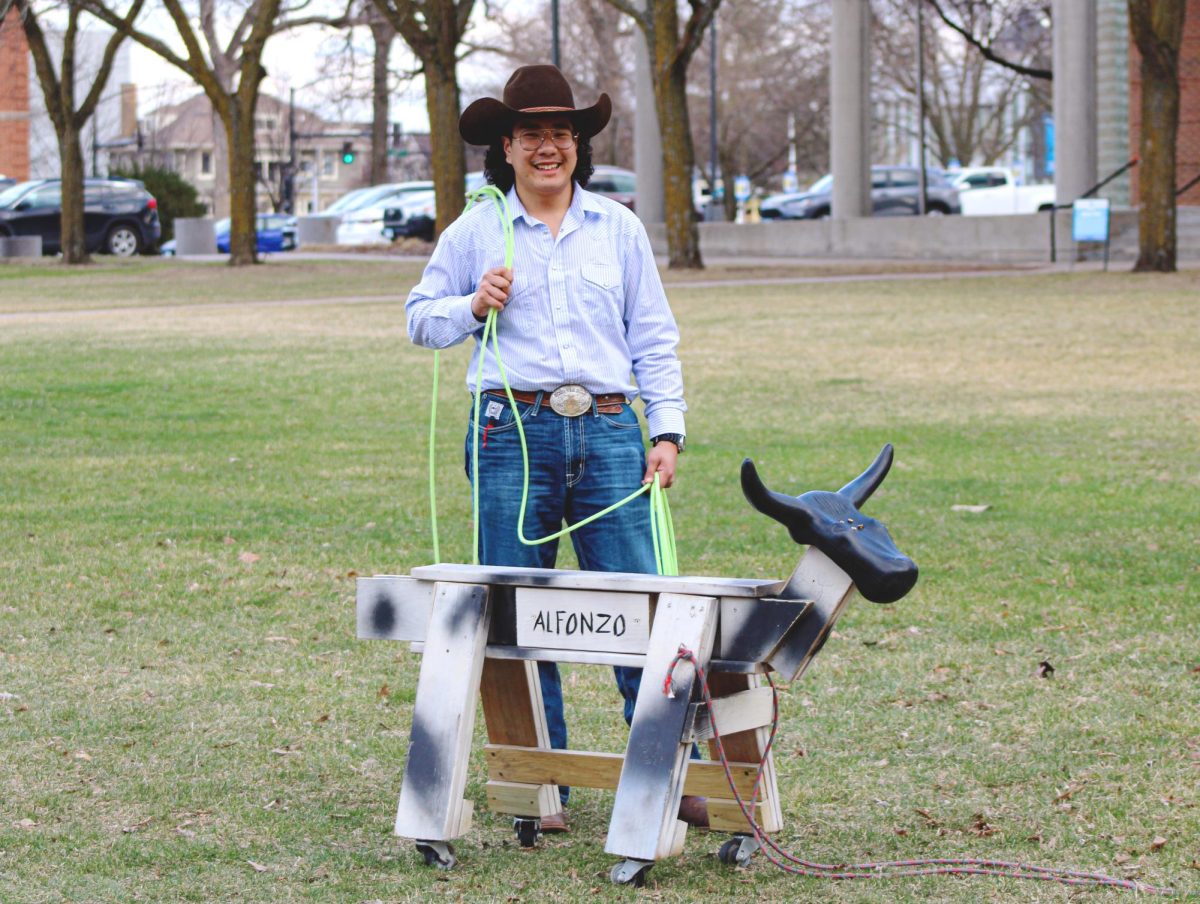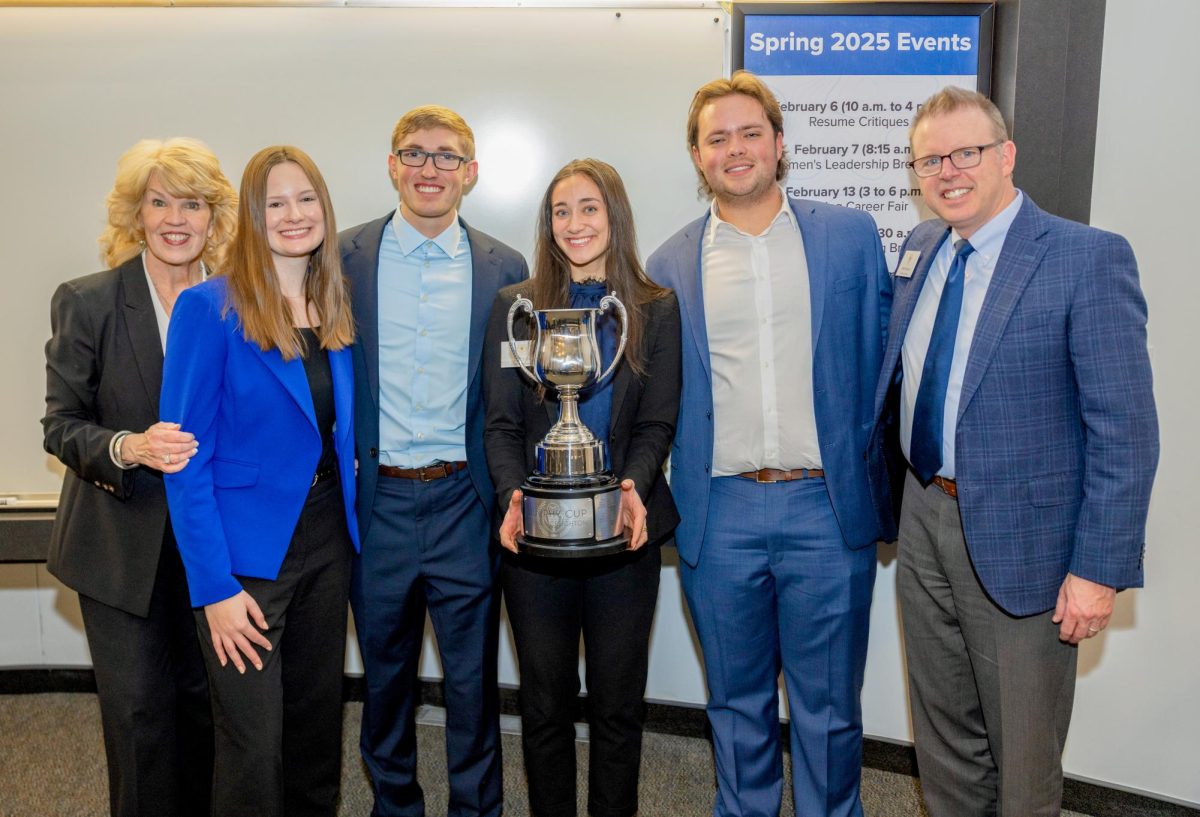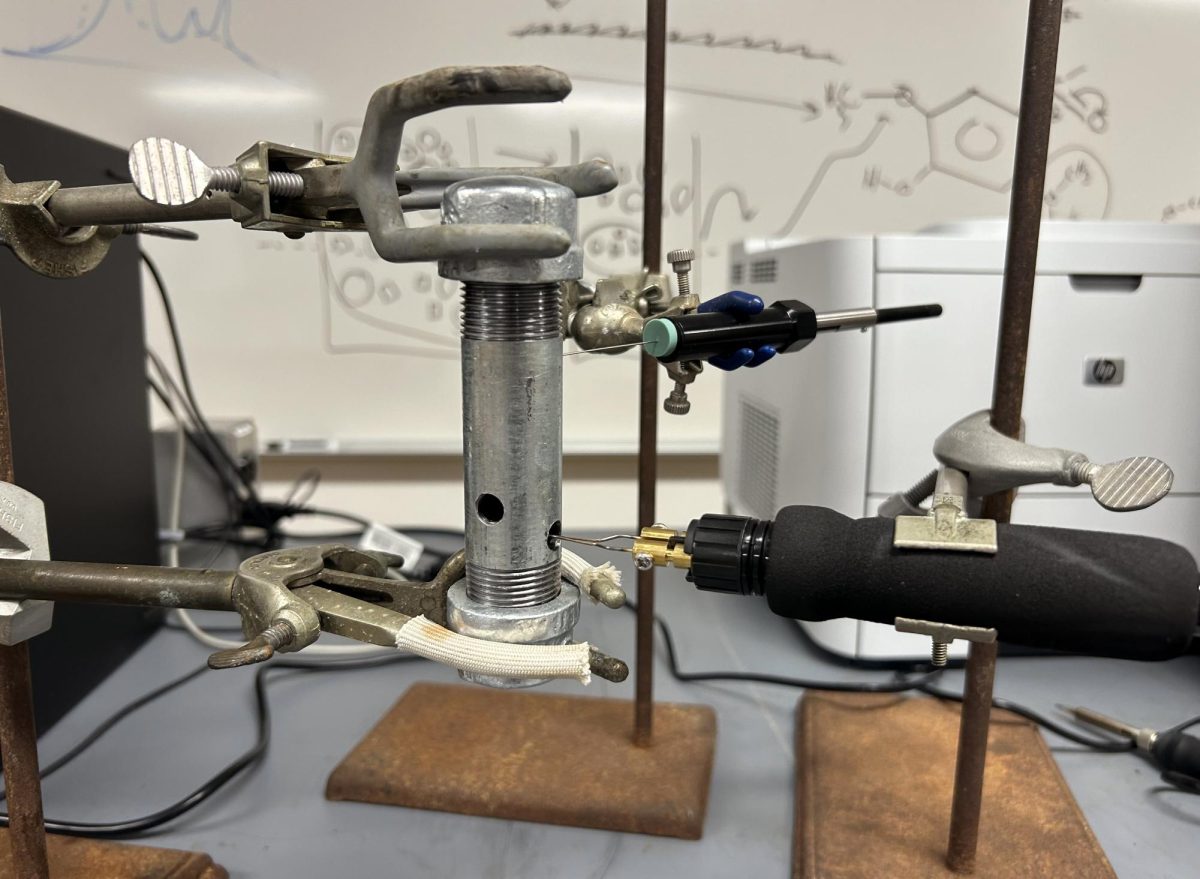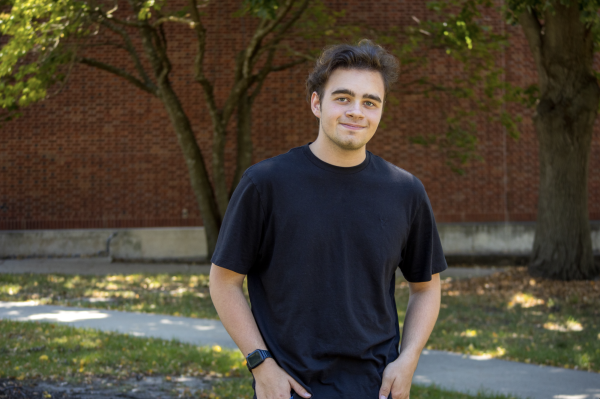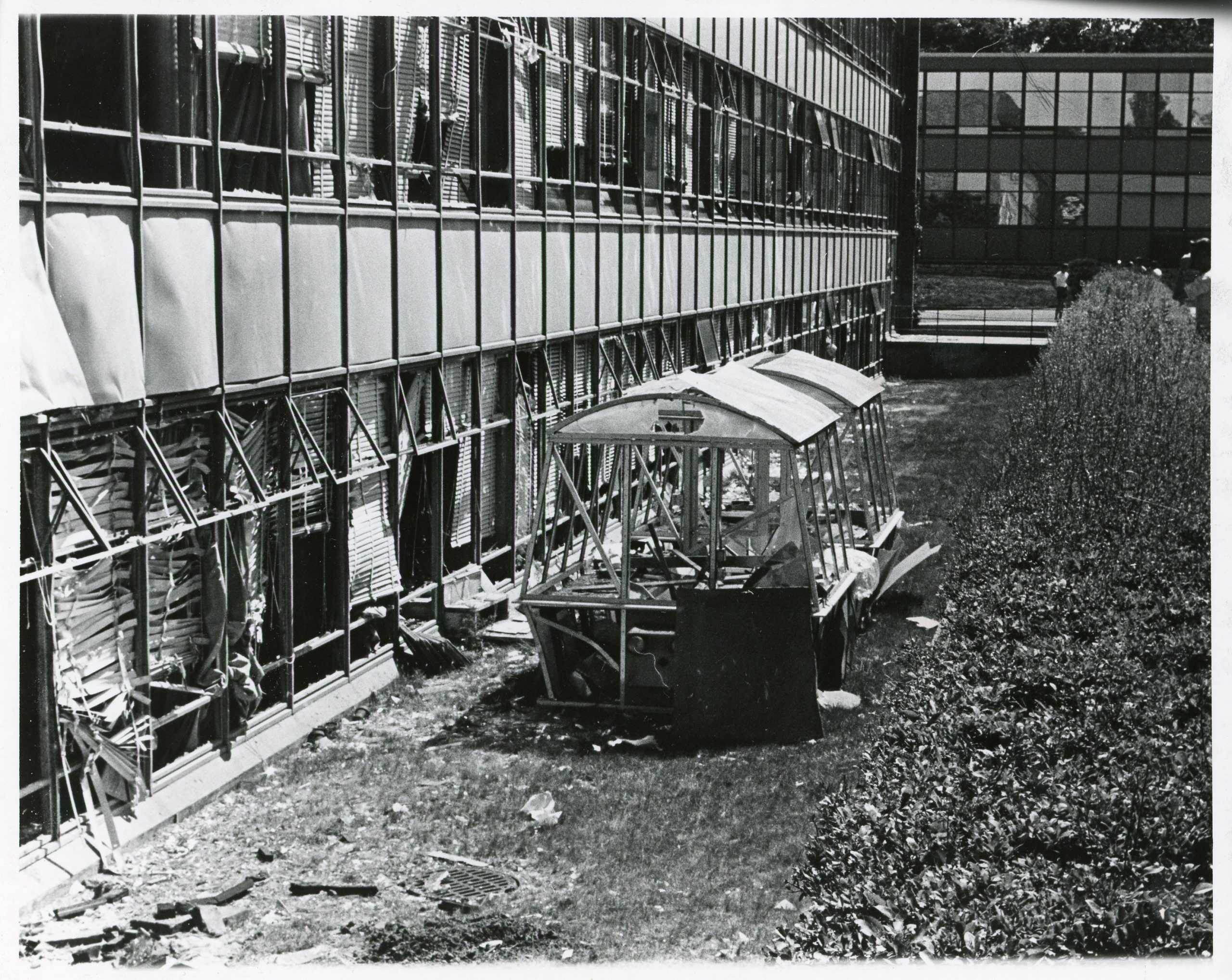
Drake University was established in 1881 and has experienced tragedy in many forms, from a student dying in the sinking of the Titanic to the terrorist attacks that took place on Sept. 11, 2001.
Titanic sinking
On April 14, 1912, the Titanic hit an iceberg and sank. Many perished in the tragedy, including Ernest Portage Tomlin, an English student studying at the then-Bible College of Drake University. At the end of the spring semester of 1910, Tomlin went home to England to take care of his ill father. It is not known what happened to his father, but by early spring of 1912 Tomlin boarded the RMS Titanic to go back to Drake to complete his academic studies.
On May 1,1912, the British-American Club held a memorial service in Tomlin’s honor at the University Place Church of Christ. Tomlin is now memorialized with a plaque in Medbury Hall.
Harvey-Ingham Hall bombing
In the early hours of the morning on June 29, 1970, an explosion damaged Harvey-Ingham Hall. The attacker used around 16-20 pounds of high-powered explosives. There were no fatalities, and the culprit was never caught. The explosives used were similar to the kinds used in three other early-morning bombings in central Iowa. The damage estimate from the bombing was $250,000.
This time in American history was one of general treachery and uncertainty, and that sentiment was no different at Drake. In the summer edition of The Times-Delphic, Cheryl Arvidson – a legislative correspondent for the United Press International in Des Moines – discussed the bombing and the aftermath in a guest editorial.
“In complete honesty, it’s hard to deny that Drake was ripe for attack of some sort, be it dynamiting or something more subtle,” Arvidson wrote in the editorial. “And the same symptoms that stimulated the dynamite bombing are still present on campus and are unlikely to change by the administration. But they could be changed by the students. After all, it is the students who will suffer when their education is not relevant to the community in which they live, and believe it or not, society is not perfect nor is college, nor are the graduates of Drake University.”
At the time, similar bombings had been targeted at the Des Moines Police Department, Ames City Hall and the Des Moines Chamber of Commerce. Arvidson, in her editorial, makes a call to action for students at the time, insisting that students will suffer if something doesn’t change.
“It will not get any better by ignoring it, and it will not be any easier to improve by continually standing or putting off the inevitable,” Arvidson wrote. “Why don’t you wake up and make the change now? It could happen again.”
Shooting at Drake Diner
On Sunday, Nov. 29, 1992, a robber entered Drake Diner and fired two shots, killing two managers. The diner then closed for an indeterminate amount of time.
“I was over at someone’s apartment with a study group across from the diner. All of a sudden, we could hear all the police activity and the sirens,” Adrian Martins, then a junior at Drake, said. “I looked out the window, and surrounding the diner were the police. We turned on the TV, and it was all over the news. After the shooting, the diner closed for a little bit. When they reopened, no one was scared to go there, and everyone wanted to go and support the business.”
Students later gathered in front of Old Main and walked the two blocks to the diner. Members of the Drake neighborhood and community leaders met at Drake Park and did the same, all meeting at the Drake Diner to come together as a community.
“The walk has two purposes,” Bill Playmat, the president of the Drake Neighborhood Association at the time, said to the TD in a 1992 interview. “One is simply that the diner is part of our neighborhood. Whenever a part of the neighborhood suffers a tragedy, we all feel the consequences. The second is to show that we will come back to the diner, and we will keep coming back.”
Sept. 11, 2001 World Trade Center attacks
The impact of the attacks on the World Trade Center on Sept. 11, 2001 was felt across the country. More than 1,000 miles away from the rubble, students, teachers and the community around Drake were no different in their grief.
“9/11 was an interesting day because, just like the rest of the country, we were all in shock too,” said Sandy Henry, a professor in the School of Journalism and Mass Communication. “People flocked to the School of Journalism and Mass Communication to find out what was going on. It was on every television in the place. Back then, we didn’t have widespread video on the internet. In the lecture halls and any room that was empty, we had TVs on so people could come and learn what was happening.”
In 2001, the TD used to release its weekly paper on Tuesdays. Because of this, on Wednesday, Sept. 12, 2001, the staff released a special edition detailing the events of 9/11 and the response from graduates in New York, students and the Drake community at large.
Then-President David Maxwell wrote an opening address included on the fourth page of the special edition.
“Our purpose is very simple, and that’s to come together as a community for mutual support, for solace, for conversation and for questioning,” Maxwell wrote. “It’s also a very important opportunity for me and my colleagues, the faculty and the administration to find out from you, the students, what it is you need from us and what it is you want from us over the next days and weeks to help understand the magnitude of what’s happened to help you respond to it, to think about it, to feel about it, and that’s going to be the most important part of this.”

